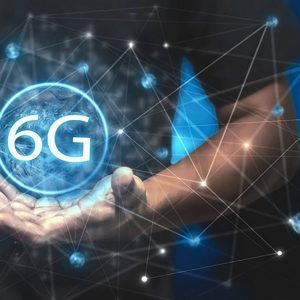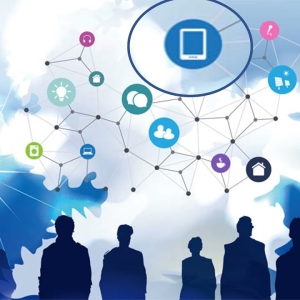The AI Meeting Assistants Market is rapidly transforming how global organizations communicate and collaborate. With advanced machine learning, voice recognition, and natural language processing (NLP) capabilities, AI-driven assistants are automating note-taking, scheduling, and action tracking. The AI Meeting Assistants Market is projected to grow from USD 3.50 billion in 2025 to USD 34.28 billion by 2035, with a CAGR of 25.62% during the forecast period. These tools enhance efficiency, eliminate repetitive tasks, and empower hybrid work models to achieve real-time collaboration.
Empowering Hybrid Collaboration
AI meeting assistants have become the cornerstone of remote and hybrid workplaces, ensuring inclusivity and productivity across global teams. They can transcribe conversations, summarize discussions, and even identify emotional tone to deliver better context. As businesses scale digitally, integrating AI assistants into conferencing platforms like Zoom, Microsoft Teams, and Google Meet is becoming a standard.
Market Drivers and Adoption
The shift toward AI-enabled business operations is the primary growth driver. Automation reduces manual workload, enhances accuracy, and fosters faster decision-making. The integration of AI and voice analytics within business tools improves workflow visibility, productivity metrics, and accountability.
Challenges and Data Ethics
Despite rapid adoption, data security and privacy remain major concerns. Organizations must ensure meeting data complies with GDPR and similar regulations. AI transparency and ethical use are essential for trust.
Global Insights
North America leads due to early adoption of AI collaboration tools, while Asia-Pacific is witnessing exponential growth driven by SMEs and digital transformation programs.
Future Outlook
The future points toward assistants with emotional intelligence, language flexibility, and predictive insights. AI will evolve into “co-pilots” that enhance human decision-making rather than replace it.
More Reports:





